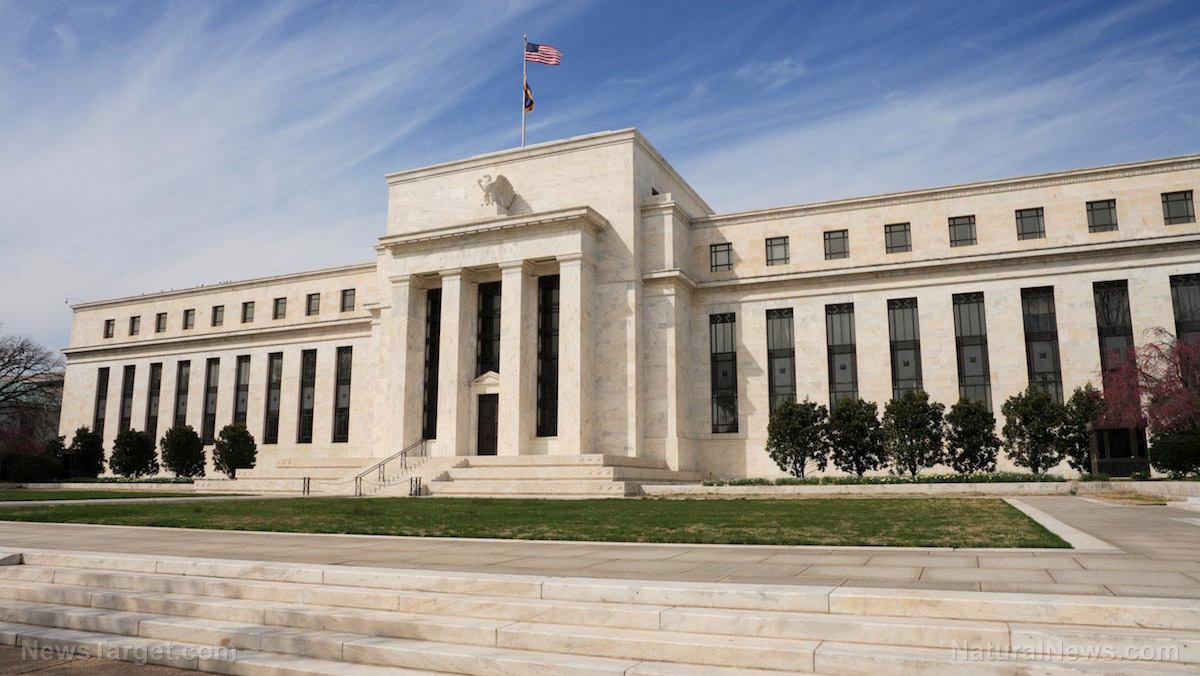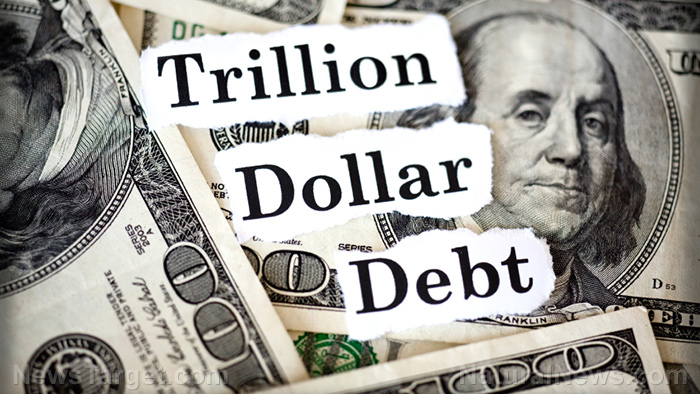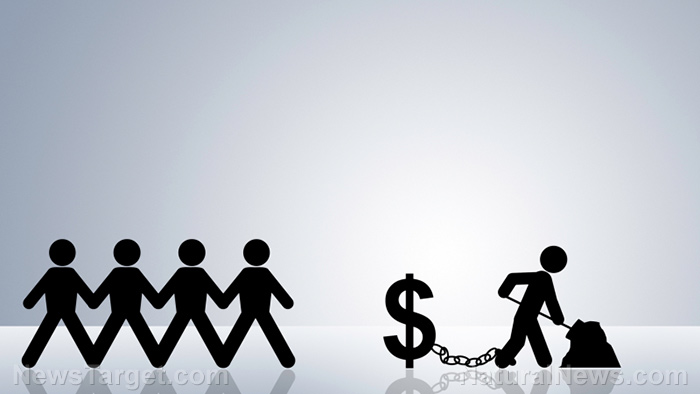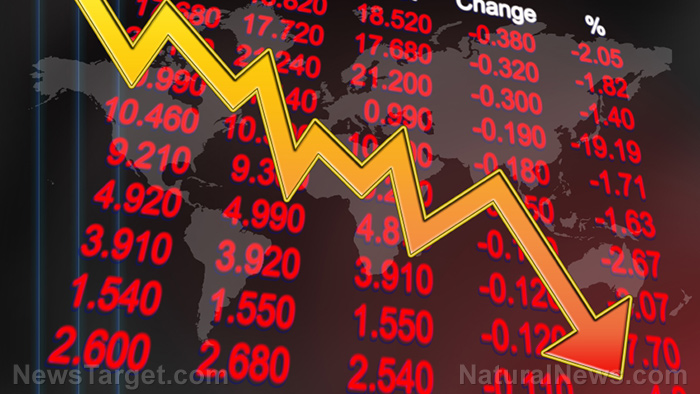Consumer stocks lose $550 billion in market value as rising costs and bloated inventories push retailers into the red
05/26/2022 / By Kevin Hughes

Some $550 billion in market value was wiped out from consumer stocks over a five-day stretch last week, increasing the downward pressure on a market already stressed by fear of inflation and soaring interest rates.
“It has been an absolute bloodbath for retail. To a certain extent, I think that’s the rebalancing of expectations, and people seeing more crimp-on profit,” said Neil Saunders, an analyst at GlobalData Plc.
Rising costs and bloated inventories have retailers on the brink of collapse and investors expect that the beating won’t stop anytime soon.
With companies like Costco Wholesale Corp., Dollar General Corp. and Best Buy Co. set to report earnings, investors are preparing for more bad news after a dreadful few days that sent Walmart Inc. and Target Corp. to their worst stock-price slumps since 1987.
Part of the problem is that stores are flooded with products that consumers don’t want. At the same time, the price of finding new goods to sell and getting them into stores is rising as fuel, labor and other expenditures go up. Walmart and Target both reduced their predictions for profit this year as inventories swelled and price growths failed to keep up with increasing costs.
And that has put some investors on edge over how other companies might be able to hold up. Dollar General and Dollar Tree Inc. are each set to report this week, days after being drowned in the selloff that has taken out Target. There is also worry over struggling department stores like Nordstrom Inc. and Macy’s Inc.
Walmart and Target are seen as some of the shrewdest supply-chain managers in the business and they have been competing with disturbances since the pandemic started. However, they were caught unprepared when oil prices rose after Russia’s invasion of Ukraine.
Retailers to decrease predictions due to fuel and freight costs
Saunders said more retailers will probably be forced to decrease their predictions to account for rising fuel and freight costs. He added that price increases won’t be able to cover the full impact of this challenge. (Related: No signs of slowing down: Diesel price jumps 42.8% from beginning of the year, way ahead of gasoline’s 25% increase.)
The soaring cost of everything is forcing shoppers to make hard decisions. While total U.S. retail sales remain strong, Walmart and Target both stated that more customers are trading down to inexpensive, private-label grocery items.
“The needs are squeezing out the wants,” said Michael Baker, an analyst at D.A. Davidson.
A switch to more bargain-focused shopping could be a positive sign for Dollar Tree and Dollar General. At the same time, upscale retailers like Nordstrom will be closely followed to see if there are more signs that wealthy consumers are maintaining their spending while others have become very careful.
Another thing to check out is the weather. Walmart and Target blamed moist, freezing conditions in early spring for folding sales in certain categories. That could be a trouble for apparel sellers such as Gap Inc., Urban Outfitters Inc. and Abercrombie & Fitch Co.
Shipping delays and backlogs were so bad in the past year that Walmart and Target hired cargo ships to keep their shelves stocked. That worked for a while, but this year inventories are getting out of control.
The retailers now find themselves loaded with clothes, televisions and other optional items that customers aren’t buying as they direct more spending into basic needs and services. As a consequence, the companies took depreciations that eroded earnings.
Jennifer Bartashus, an analyst at Bloomberg Intelligence, said it was probable that Costco avoided some of the pressure since its limited range of items has given it more flexibility.
“We’re going to be thinking a lot more about inventory and the markdown risk that may be associated with inventory. That will be an overhang for earnings next week, and it will be an overhang later in the year as well,” Bartashus said.
Meanwhile, climbing inflation has put pressure on retailers who are holding at least 20 percent more inventory than they have on average over the past three years, said Bloomberg Intelligence analyst Mike Campellone.
Campellone said high inflation and labor costs add to the risk and could negatively affect the credit metrics of investment-grade and high-yield retailers.
So far this year, retail bonds are the worst-performing sector in high-yield. According to data gathered by Bloomberg, the industry has collectively dropped 16 percent on a total return basis and that compares to an 11 percent loss for the overall Bloomberg high yield index.
Follow Collapse.news for more news about the looming collapse in various industries.
Watch the video below to know more about the retail giants who are set to report earnings.
This video is from the The Dilemma Show channel on Brighteon.com.
More related stories:
Costco boycotted antibiotic-fed chickens due to consumer demand, why isn’t every food market?
US stocks in trouble: Shares could go nowhere based on long-term valuations
Whole Foods under fire from angry vendors as retail “racket” snubs small-scale manufacturers
Sources include:
Submit a correction >>
Tagged Under:
Best Buy, Bubble, Collapse, consumer stocks, Costco, debt bomb, debt collapse, Dollar General, earnings report, freight cost, Inflation, interest rate, market crash, market value, money supply, price increase, retailers, risk, supply chain, Walmart
This article may contain statements that reflect the opinion of the author
RECENT NEWS & ARTICLES
COPYRIGHT © 2017 RISK NEWS



















